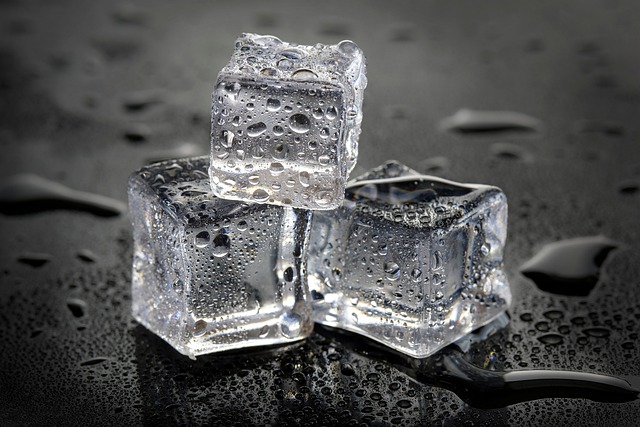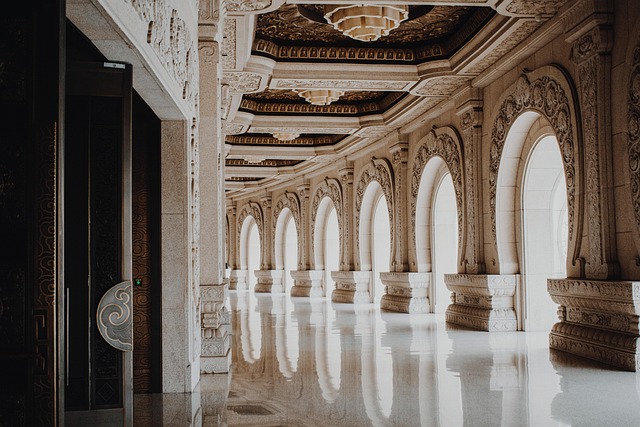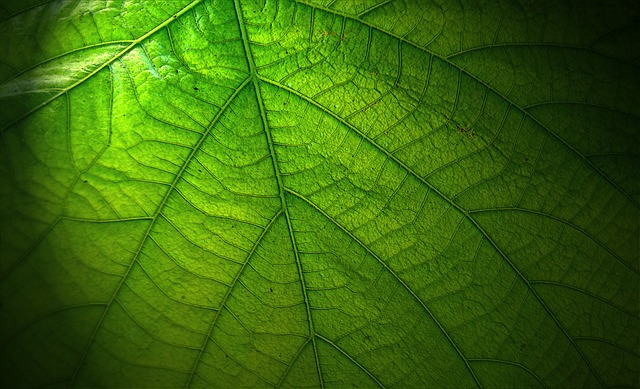Mastering Lens Filter Threads: A Comprehensive Guide
As a photographer, you quickly realize that every detail matters, especially when it comes to enhancing your images. One of these critical details is the filter thread on your camera lenses. Understanding this aspect can elevate your photography game, bringing your creative visions to life. Whether you’re an amateur seeking to refine your skills or a seasoned pro aiming for the perfect shot, mastering lens filter threads is essential.
What is a Filter Thread?
The filter thread is a crucial component located at the front of your camera lens, designed to accommodate various filters. Filters serve multiple purposes: reducing glare, enhancing colors, or achieving special effects. They screw into the filter thread, and each lens has its specific thread diameter, which you must match to ensure a secure fit.
Understanding Filter Sizes
When shopping for filters, you’ll notice they come in different sizes. The size is usually denoted in millimeters (mm). For instance, a lens with a filter thread of 58mm requires a 58mm filter. Many photographers make the mistake of purchasing the wrong size, leading to frustration and wasted resources. Check your lens specifications before investing in filters!
Types of Filters You Can Use
There are various filters designed to serve different purposes. Here are some of the most popular types:
- Polarizing Filters: Great for reducing reflections and enhancing colors; ideal for landscape photography.
- Neutral Density (ND) Filters: Help manage exposure, allowing long exposures even in bright conditions.
- UV Filters: Originally used to protect lenses, they can also reduce UV light haze.
- Graduated Filters: Perfect for balancing exposure, especially in landscapes with a bright sky and dark land.
Using Multiple Filters
Did you know you can stack filters? This technique can achieve unique effects and offer greater control over your images. However, be cautious—too many filters can lead to vignetting, which is an unwanted darkening of the corners of your images. Always test your setup before heading out for a shoot.
Caring for Your Filters and Threads
Maintaining your filters and filter threads is just as important as selecting the right ones. Always keep your filters clean using a microfiber cloth. Dust and smudges can degrade image quality. Store filters in a protective case to avoid scratches, and ensure that the threads on your lens remain free of debris to facilitate easy attachment and removal.
Common Mistakes to Avoid
Even experienced photographers can overlook some details related to the filter thread. Here are common pitfalls to avoid:
- Ignoring the Thread Size: Always double-check the size before purchase.
- Forgetting to Remove Filters: Sometimes, photographers forget to take off their filters when they’re not needed, leading to unnecessary flare or reduced sharpness.
- Using Poor-Quality Filters: Investing in high-quality filters is crucial; cheap alternatives can harm image quality.
By understanding and mastering lens filter threads, you’ll find that they become an invaluable tool in your photography arsenal. The right filters can transform an ordinary shot into something extraordinary, allowing you to express your artistic vision and creativity more fully.




